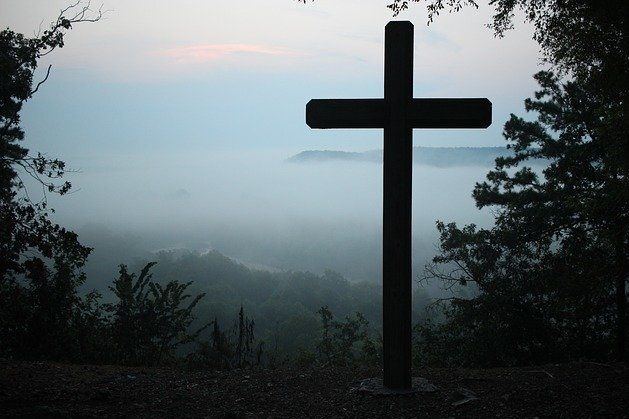Holy Cross, a tradition of pre-Hispanic origin associated with the rituals of requesting rainfall
The celebration of the Day of the Holy Cross, which takes place every May 3rd, is a deeply rooted tradition in different parts of Mexico. Few know how this belief had been modified.





